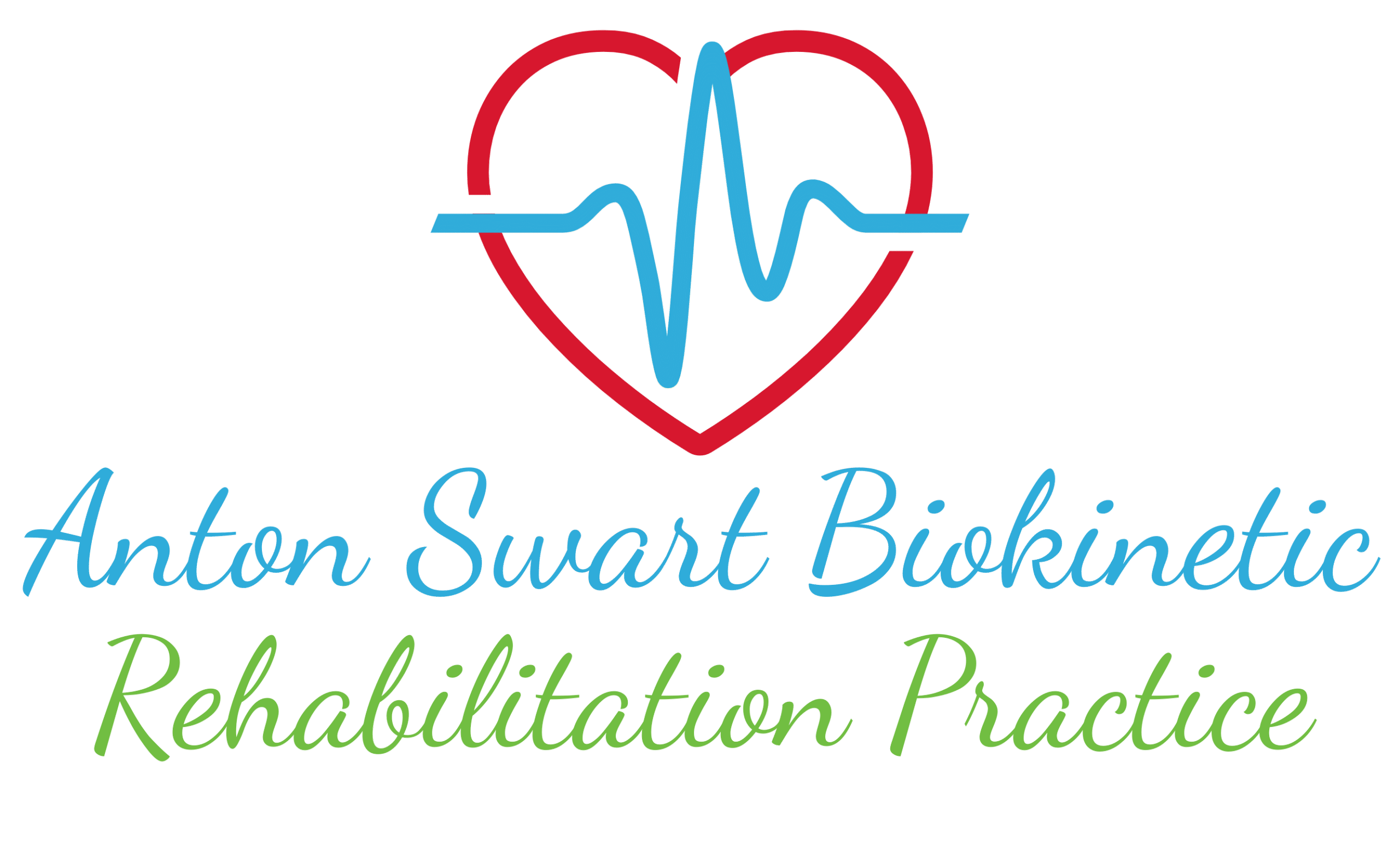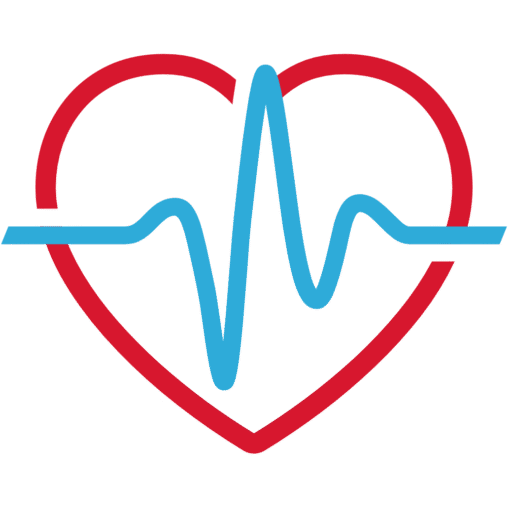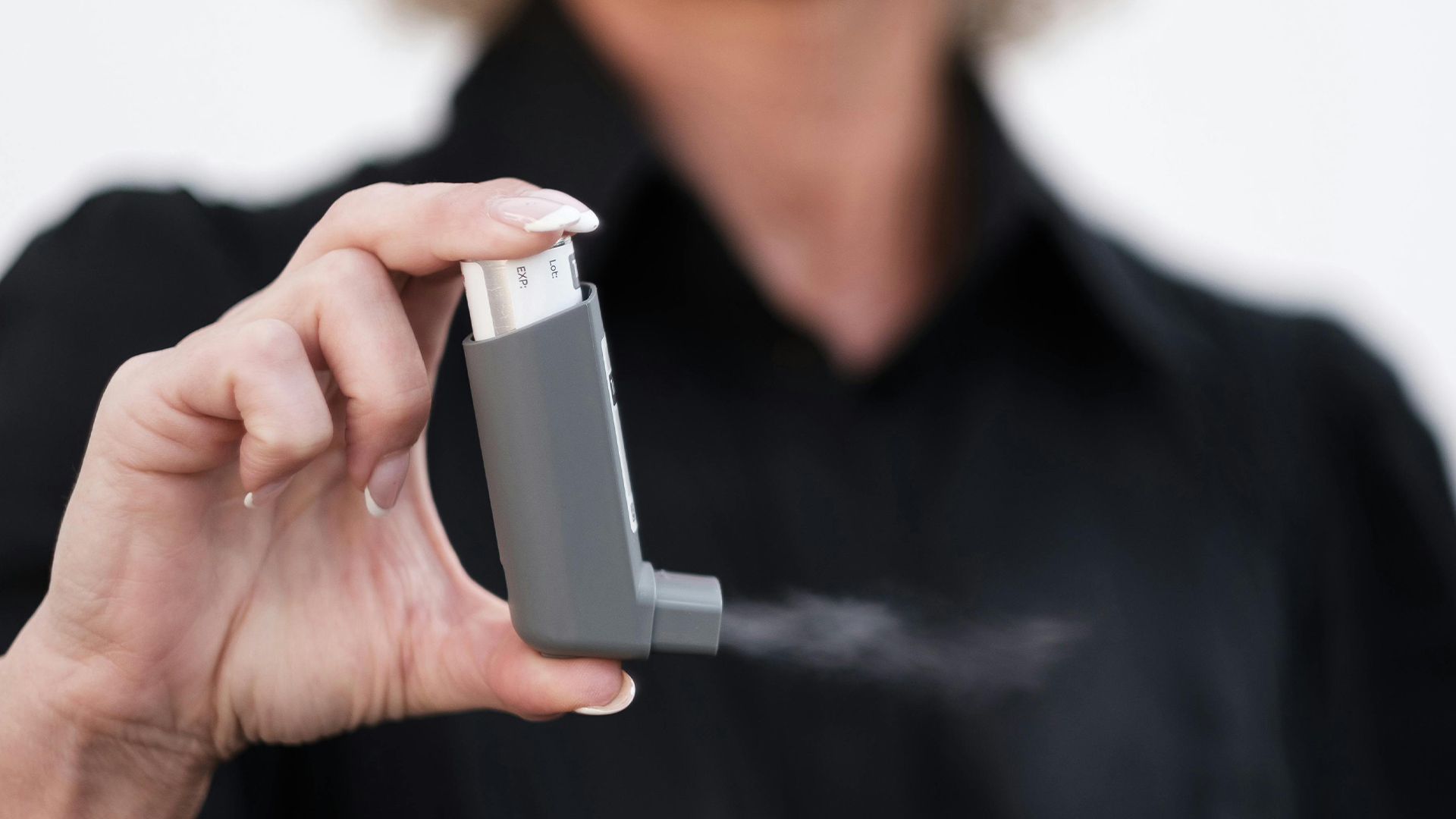Clinical Importance of Biokinetics through the Means of Physical Therapy
Chronic Obstructive Pulmonary Disease (COPD) is a progressive lung disease marked by airflow limitation (e.g., chronic bronchitis and emphysema). Physical therapy, specifically pulmonary rehabilitation, is a cornerstone of management and helps to:
1. Improve Functional Capacity and Reduce Dyspnea:
- Structured exercise improves oxygen utilization, ventilatory efficiency, and activity tolerance, even when lung function itself doesn’t improve.
2. Enhance Quality of Life and Independence:
- Therapy enables patients to perform ADLs, reduce fear of exertion, and gain confidence through breathing control and pacing strategies.
3. Reduce Hospital Readmissions and Exacerbations:
- Pulmonary rehab is linked to fewer acute flare-ups, better medication adherence, and reduced healthcare utilization.
Important Exercises and Their Purpose
COPD rehabilitation includes aerobic conditioning, strength training, breathing control techniques, and self-management education. Below are the clinically relevant rehabilitation phases:
Phase 1: Baseline Stabilization & Education
Focus: Introduce breathing strategies, monitor vitals, and build a routine.
Phase 2: Aerobic Training & Functional Strengthening
Focus: Improve exercise tolerance, manage dyspnea during exertion, and build limb strength.
Phase 3: Progression & Self-Management
Focus: Promote autonomy in exercise, increase duration, and prepare for long-term maintenance.
Phase 4: Long-Term Maintenance
Focus: Sustain fitness levels, reduce flare-ups, promote lifestyle integration.
- Home walking or cycling program (3–5x/week, 20–40 min)
- Group-based or community pulmonary rehab classes
- Daily breathing exercises (PLB and diaphragmatic)
- Stress management (e.g., relaxation techniques, controlled breathing)
Educate on early signs of exacerbation, correct medication use, and when to seek help.
Safe Exercise Monitoring Guidelines
SpO₂
Maintain ≥ 90% (supplemental oxygen as needed)
Heart Rate
60–80% of age-predicted max HR
RPE Scale
3–5 (moderate)
Borg Dyspnea Scale
Aim for 3–5 (moderate)
Stop exercise if
SpO₂ < 88%, dizziness, angina, severe dyspnea or fatigue
Clinical Considerations
- Supplemental oxygen may be required during or after exercise, coordinate with the physician.
- COPD patients often suffer from muscle wasting and require strength training, not just cardio.
- Address comorbidities (e.g., cardiac disease, depression, osteoporosis).
- Mental health, depression, and anxiety are common and impact compliance.
Summary
Pulmonary rehabilitation for COPD is essential to:
- Improve exercise tolerance
- Reduce breathlessness and fatigue
- Support self-management and reduce hospitalizations
Rehab must combine aerobic training, strengthening, breathing control, and education, tailored to the patient’s symptoms and capacity.




